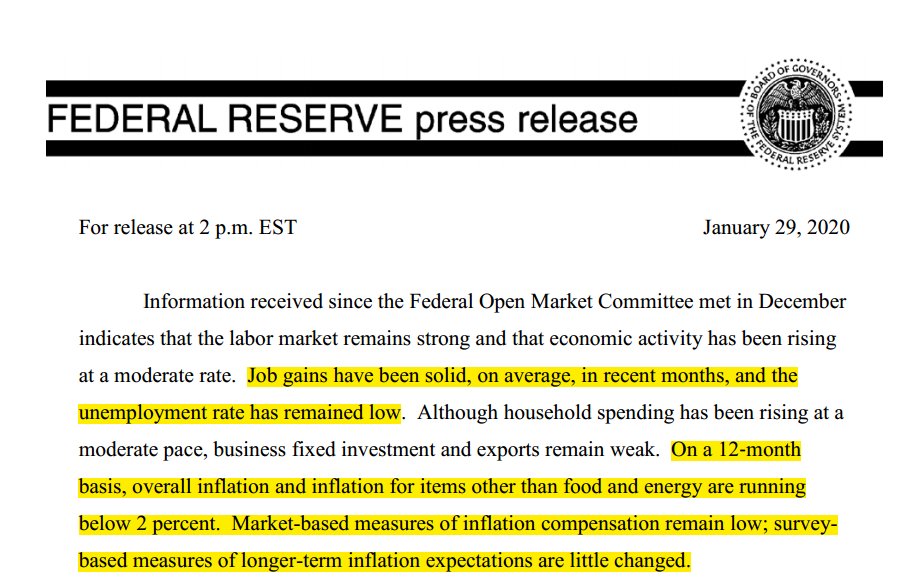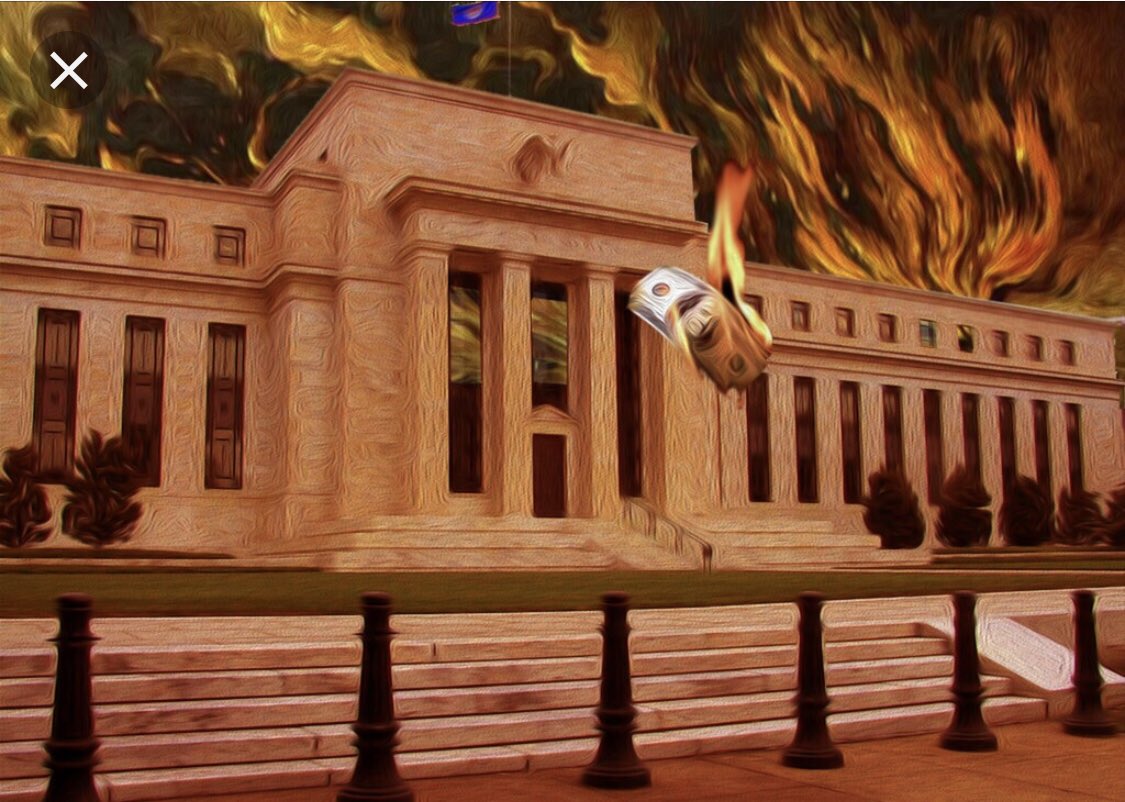Back in 2017, Saleem Bahaj and I researched the Fed's swap lines. There was little economic theory or evidence on this great recession policy (not much more today). Given their new prominence, here is an explainer
[1/10]
[2/10]
[3/10]
[4/10]
[5/10]
[6/10]
[7/10]
[8/10]
[9/10]
References:
voxeu.org/article/centra…
personal.lse.ac.uk/reisr/papers/9…
[10/10]






